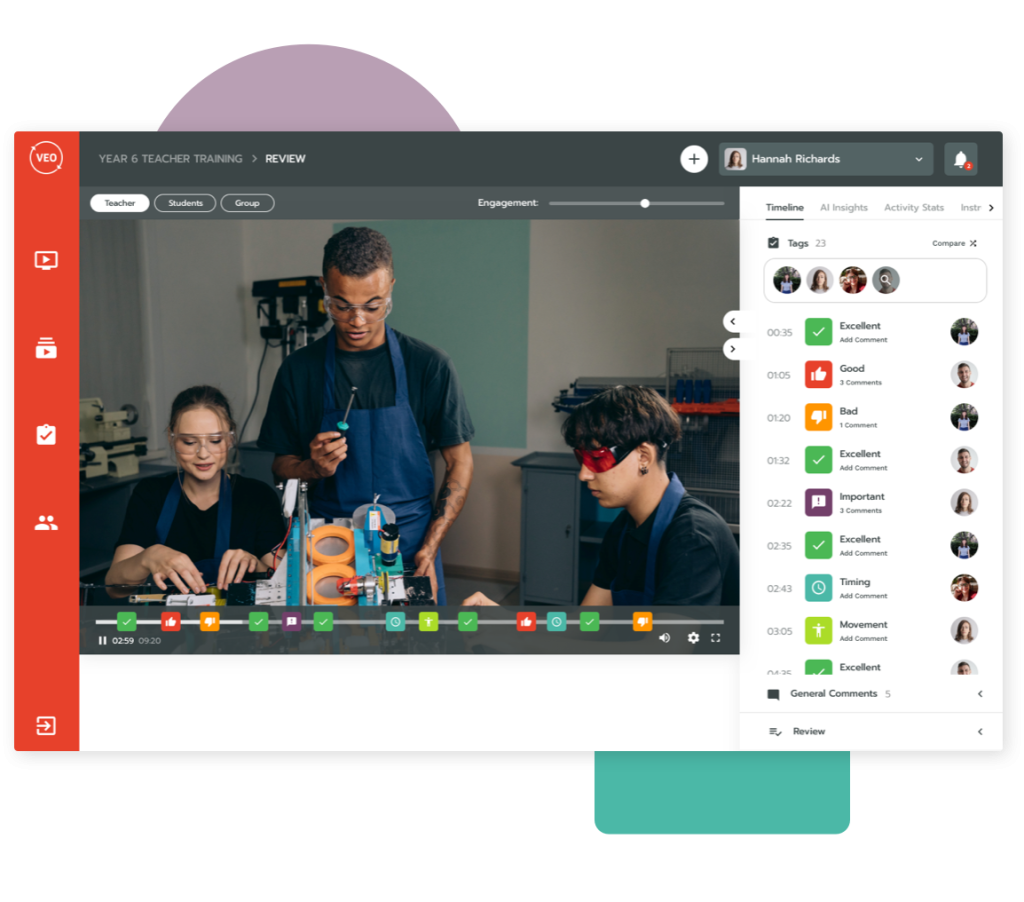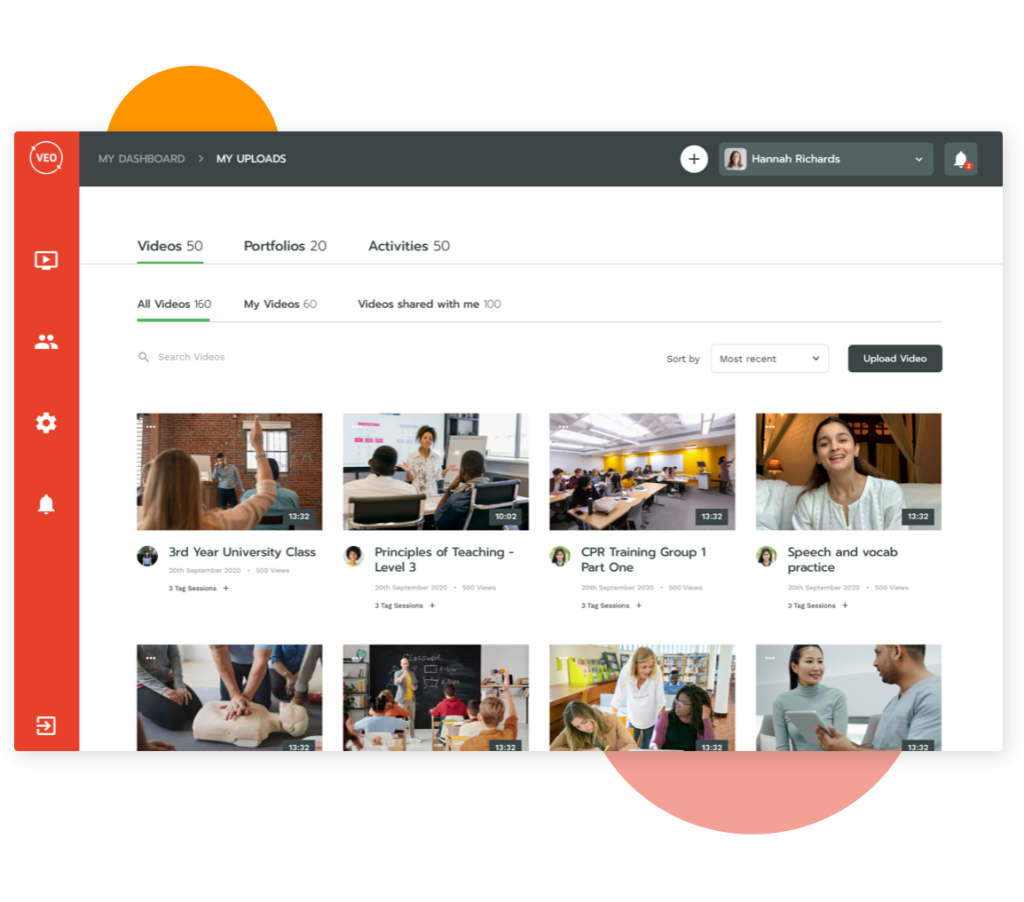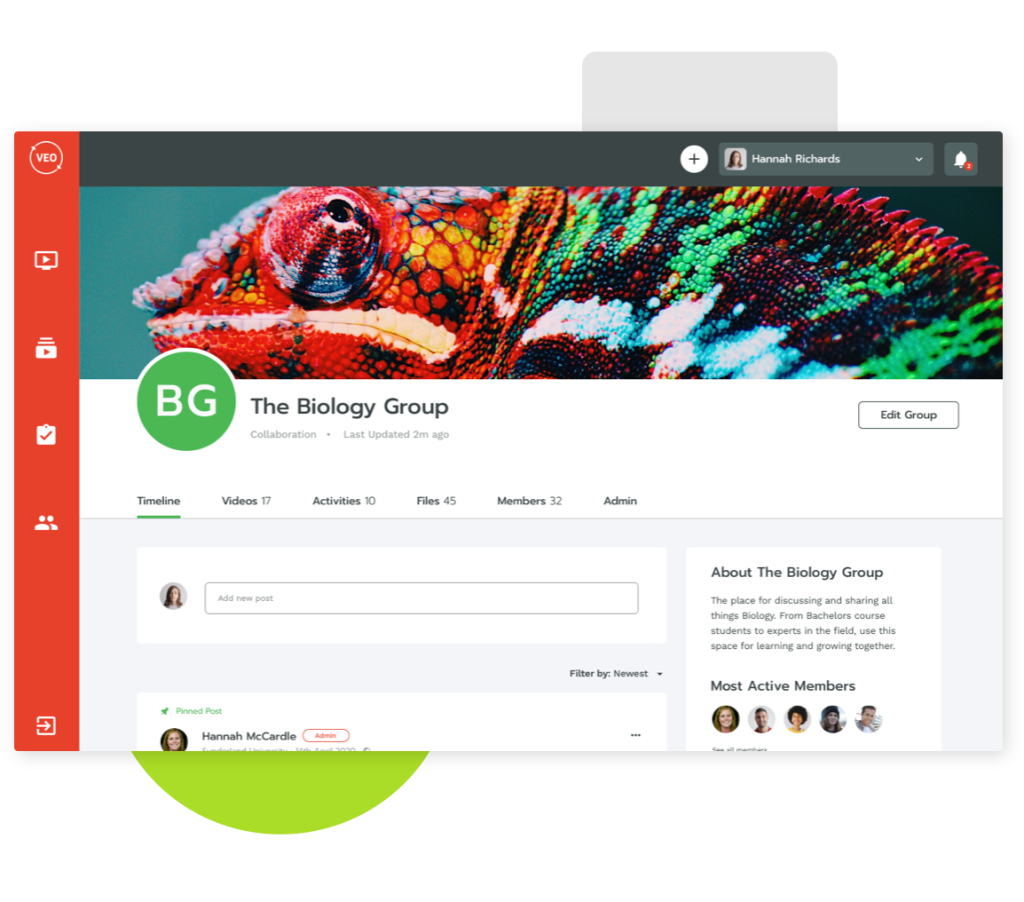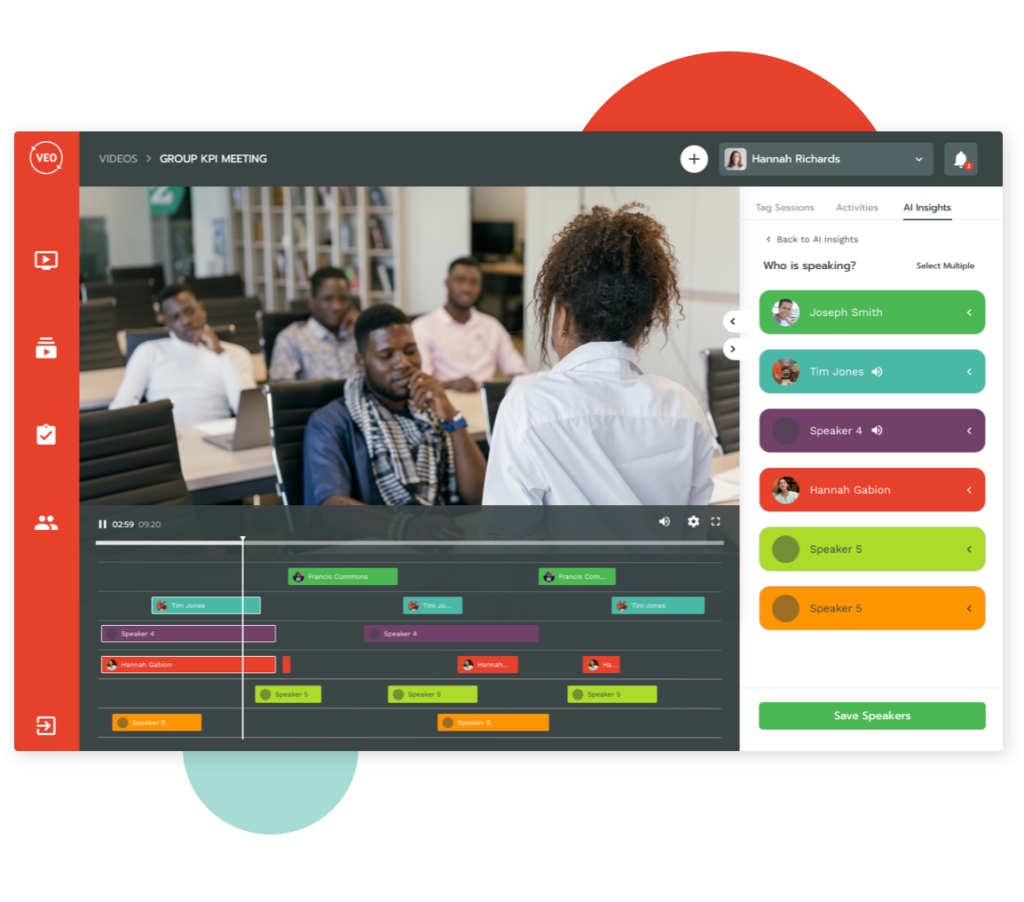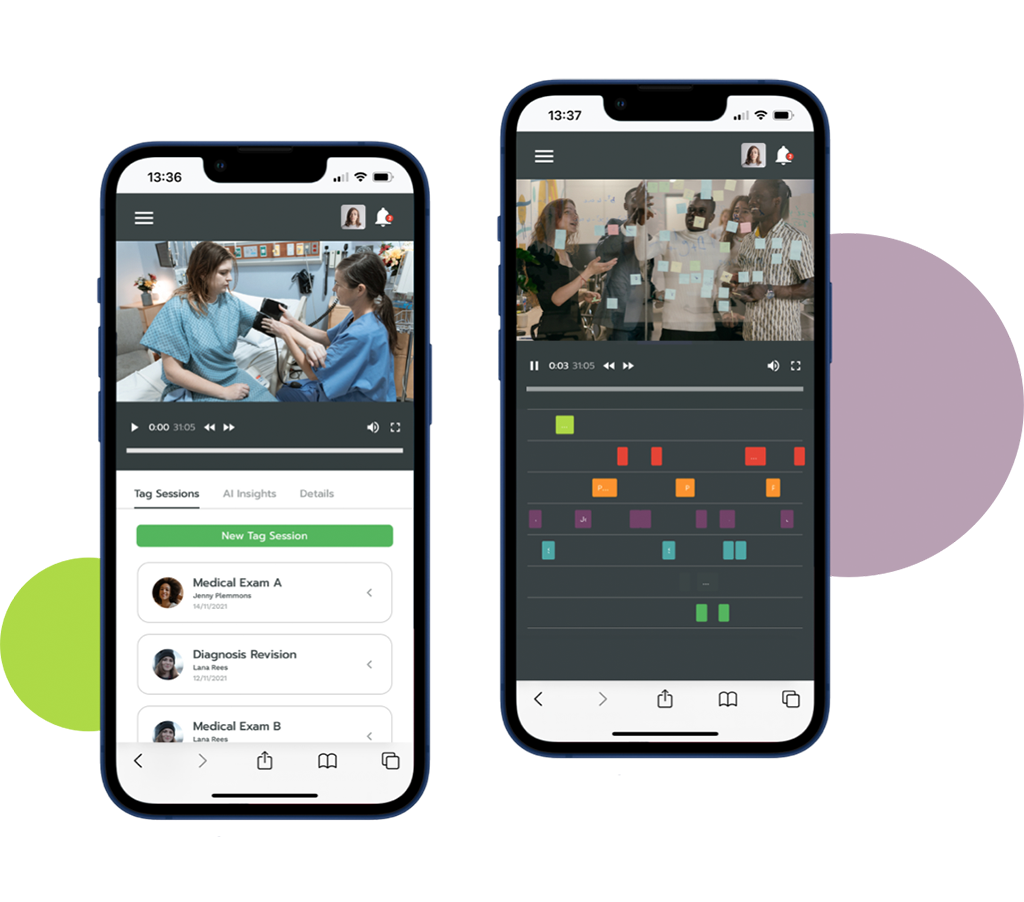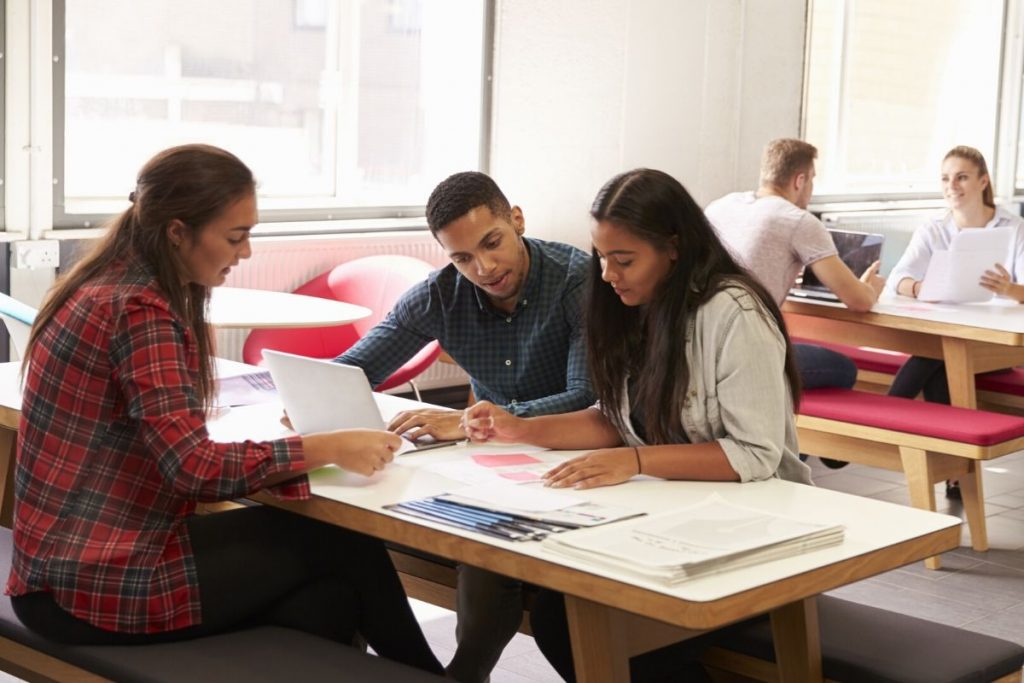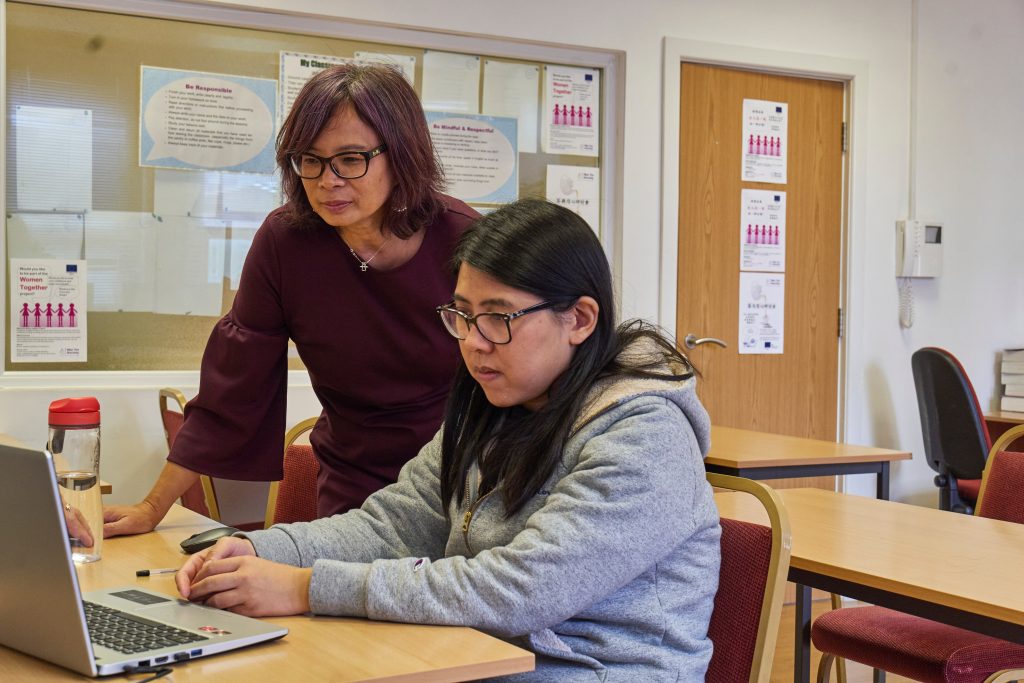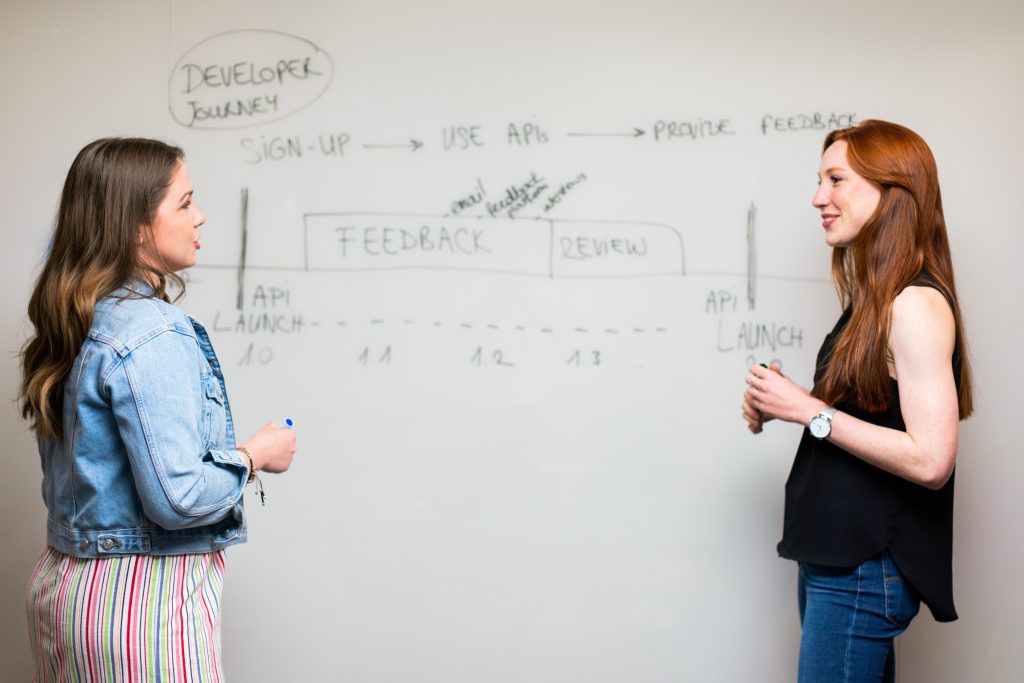We all know that rapid advances in technology have been transformative for the student experience of higher education in recent years. And this is largely thanks to the opportunities that tech such as video have brought for developments in course delivery.
The flipped classroom, or the flipped learning model, has emerged thanks to the accessibility of this tech, and teachers finding ways to utilise it to provide better learning experiences.
A flipped learning approach can be interpreted in lots of different ways, but before we discuss those in detail, what is a ‘flipped classroom’ (Bergman & Sams 2012)?
The Flipped Classroom
We like the explanation of the flipped classroom provided by The Flipped Learning Network;
“Some or most of direct instruction is delivered outside the group learning space using video or other modes of delivery. Class time, then, is available for students to engage in hands-on learning, collaborate with their peers, and evaluate their progress and for teachers to provide one-on-one assistance, guidance and inspiration. The shift is from a teacher-centred classroom to a student-centred learning environment.”
As this description hints, there are several flipped classroom approaches, but the central theme running through all of them is that the student does the initial learning before a class, which then becomes the basis of the classroom-based activities. Hence the term ‘flipped’.
Peer instruction – learning outside of the classroom
Peer Instruction was explored in depth in the 1990s by Harvard Professor Eric Mazur (Crouch and Mazur 2001). This method involves students developing a basic understanding of a topic before class, before discussing what they’ve learned with their peers in class.
Peer instruction is very much part of a flipped classroom approach, where regular lectures are turned on their head by asking students to do the initial learning on a subject at home, ready for a more in-depth discussion in the classroom. The teacher is there for support, but the main focus in on encouraging more engaged interaction and debate, rather than the traditional teacher-led lecture format.
Discussion-based
A discussion-oriented flipped approach can be taken by giving students a variety of learning materials such as YouTube videos or a lecture recording on a certain topic to study at home. The classroom session is then based solely around discussion of these materials.
Doing it this way encourages students to form their own opinions on the topic, and makes for more purposeful discussions in class. Opinions can be shared and reviewed with the teacher acting more as a facilitator than a leader of the debate. Students therefore have (and feel) much more autonomy over their learning, and can engage in more dynamic ways with their peers and the teacher.
Group-based
Well, this one is as it sounds. Students are split into groups to discuss the learning that they’ve done at home before coming to the classroom. Teamwork and collaboration are very much encouraged in order for the group to find answers to the questions they’ve been asked to consider in the run-up to the lecture or seminar.
The virtual flipped classroom approach
The best thing about the virtual flipped classroom is that there are so many ways it can be interpreted. Lectures can be videoed so that students can take control of their learning and review materials in their own time. And videos can be shared between peers for comment and feedback, or conversations can be facilitated online.
Students can, therefore, interact whenever and wherever they are, building on the idea of a more collaborative learning experience, and exploring a topic further when they meet in the classroom.
Flipping the teacher
There’s a bit of a theme running through all of these flipped classroom approaches – students taking control of their learning by doing it outside of traditional lectures or classroom sessions. And flipping the teacher is no different.
The idea here is that students record themselves talking about their research, findings and opinions, before sharing it with the teacher or their peers. In a clinical context, this can be valuable when students need to demonstrate or document their skills. These videos can, therefore, be the source of the learning in the classroom, rather than the lesson being led by the teacher.
Why try a flipped approach?
Students coming through university are expecting to learn using new technologies to access and share the breadth of information available to them.
Trying these relatively new teaching techniques can help to meet student expectations of what their experience of higher education is going to be like by offering the choice of how and where they learn based on their own preferences.
